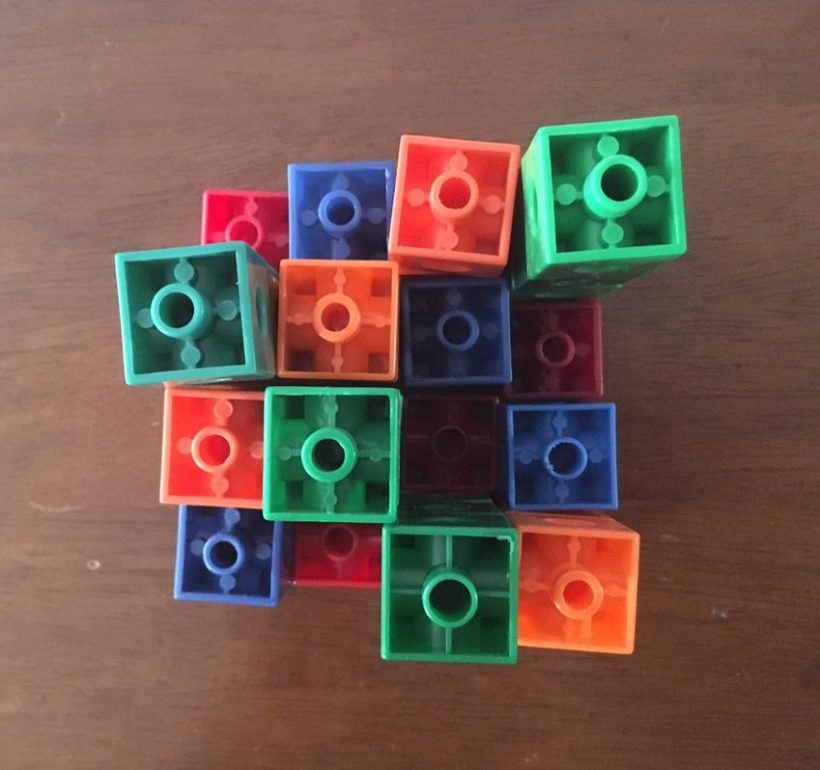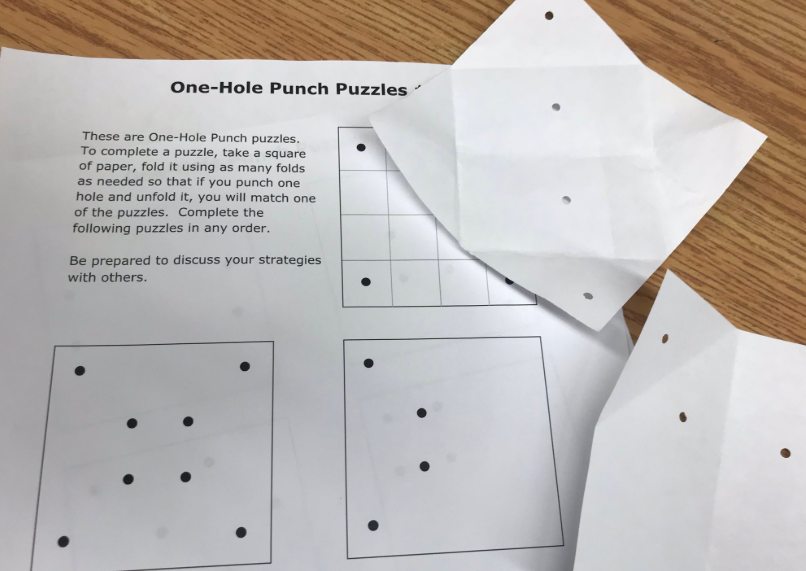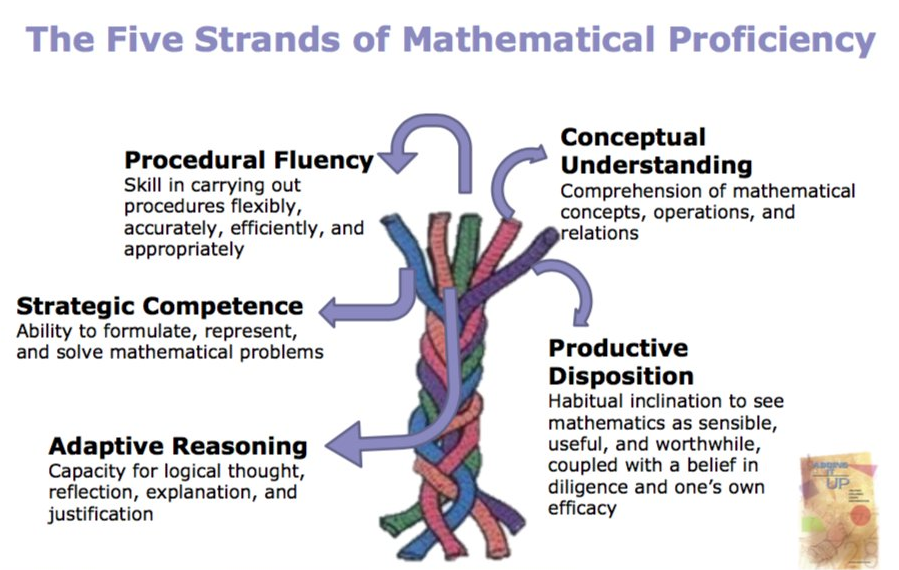Recently Lowrie et al. published an article in the Journal of Experimental Education where they looked at the effects of a spatial intervention program for grade 8 students. This study followed the 876 grade 8 students across 9 schools as they received 20 hours of spatial interventions (as well as other grade 8 students in schools that conducted “business as usual” mathematics classes). Their findings were quite interesting. They found students who received spatial intervention programs achieved:
- significantly better on spatial tasks (13% higher)
- significantly better on Geometry – Measurement problems that included material not discussed in either class
- significantly better on Number – Algebra problems
- equally well on Statistic – Probability problems
While this study supports many studies showing a link between spatial abilities and mathematics performance (Mix and Cheng, 2012), and others showing how students’ spatial abilities are malleable at any age (can be learned with the right experiences) (Uttal et al., 2013), there seems to be a definite need for teachers to have at their fingertips good examples of experiences that will help our students develop spatial reasoning. At the end of this post are possible examples for us to try.
A recent meta-analysis of 217 studies, representing more than two decades of research on spatial training, found that a variety of activities improve spatial reasoning across all age groups. Not only did the authors find that spatial training led to improvements on spatial tasks closely related to the training task, but improvements were also seen on other types of tasks that were not part of the training.
Taking Shape, 2016
A focus on spatial reasoning, from my experience, has helped the students in my schools make sense of connections between concepts, it has been the underpinning of new learning, and has been the vehicle for so much of OUR learning as educators.
One-Hole Punch puzzles
You might be familiar with various cognitive tests that ask students to think through mental rotations, 2D/3D visualization, paper folding or other tasks where students’ abilities to visualize are measured. Spatial tasks like these are very predictive of a students’ math success, however, few resources are aimed to specifically help our students develop their spatial reasoning (see Taking Shape as an ideal K-2 example).
Below is an example of one of these cognitive test questions. As you can see, students here are asked to mentally fold a piece of paper and then punch 1 hole through the folds, then imagine what the paper would look like once opened.
Templates
Instead of trying to measure our students’ abilities by giving sample problems like this, it is far more productive to offer experiences where our students can learn to think spatially. This is why I have created a few sample experiences. Below are sample templates that you can use with your students. They will need squares of paper (linked below), as well as the puzzles they would be aiming to solve. Take a look:
How to Solve a One-Hole Punch puzzle:
Directions for solving the puzzles are only written on the first page:
“These are One-Hole Punch puzzles. To complete a puzzle, take a square of paper, fold it using as many folds as needed so that if you punch one hole and unfold it, you will match one of the puzzles. Complete the following puzzles in any order. Be prepared to discuss your strategies with others.”
Students will need several blank squares of paper and a single hole puncher. Student will need to visualize how to fold their paper and where to punch their one hole to match the puzzle they are working on. These puzzles are tricky because only 1 hole can be punched to create several holes.
Pro Tip: Make sure you have a lot of squares of paper for every student.
A few thoughts about using these:
- How will you introduce these puzzles to your students? How much information about strategies and tips will you provide? Will this allow for productive struggle, or will you attempt to remove as much of the struggle as possible?
- Would you use these as an activity you give all students, or something you provide to just some. Why? (Something for students who finish early or something for everyone to try?)
- How would giving a page of puzzles to a pair of students be different than if you gave it to individuals? Which were you assuming to do here? What if you tried the other option?
- How will you orchestrate a conversation for your class to help consolidate the learning here? How might this be helpful before you give the next set of puzzles?
- What will you do if students give up quickly? What questions / prompts will you provide?
- Who is successful at solving these puzzles? Sometimes, those who are often left out of mathematical discussions can become more involved when given spatial tasks. How might you capitalize on increasing your students’ interest in mathematics? Do you see tasks like this helping improve your students’ agency, identity and authority in mathematics?
- How might you see intentional decisions to focus on spatial reasoning as helping your students with mathematics in other areas? This post might be helpful.
A belief I have: Teaching mathematics is much more than providing neat things for our students, it involves countless decisions on our part about how to effectively make the best use of the problem / activity. Hopefully, this post has helped you consider your own decision making processes!
As always, I’d love to hear your thoughts. Feel free to write a response here or send me a message on Twitter ( @markchubb3 ).








